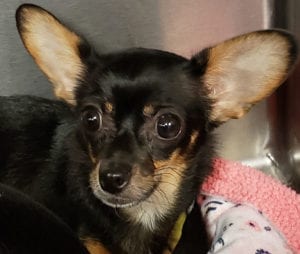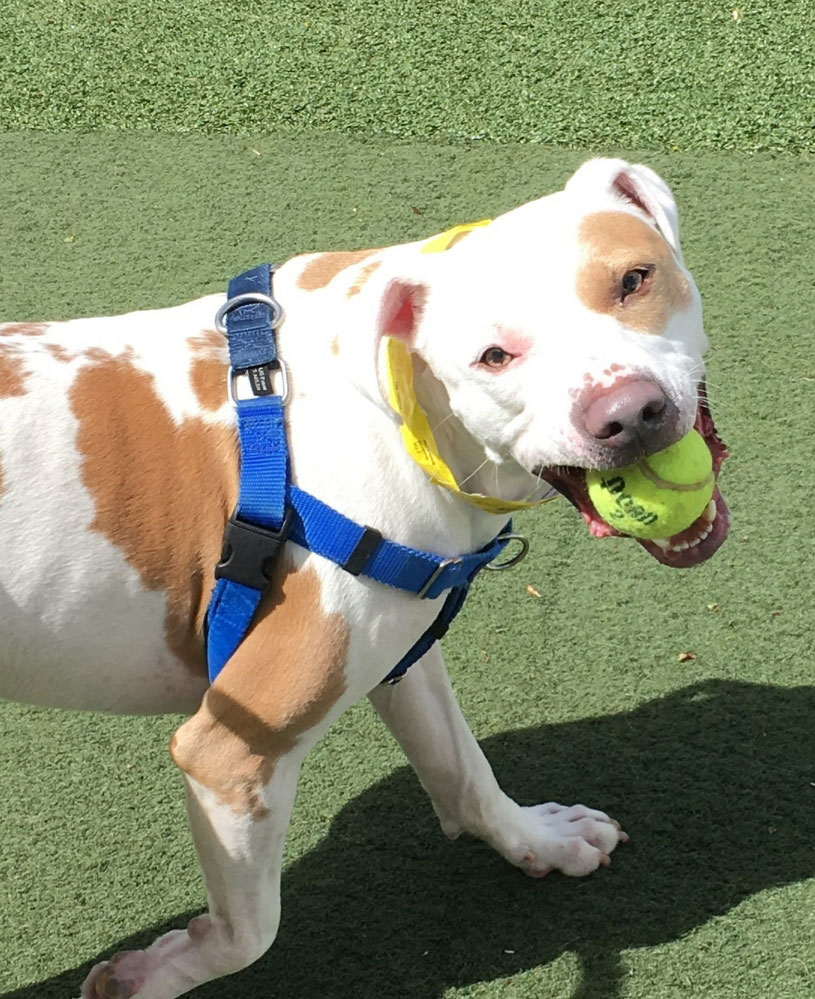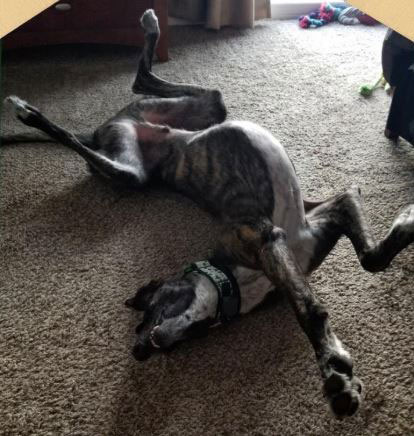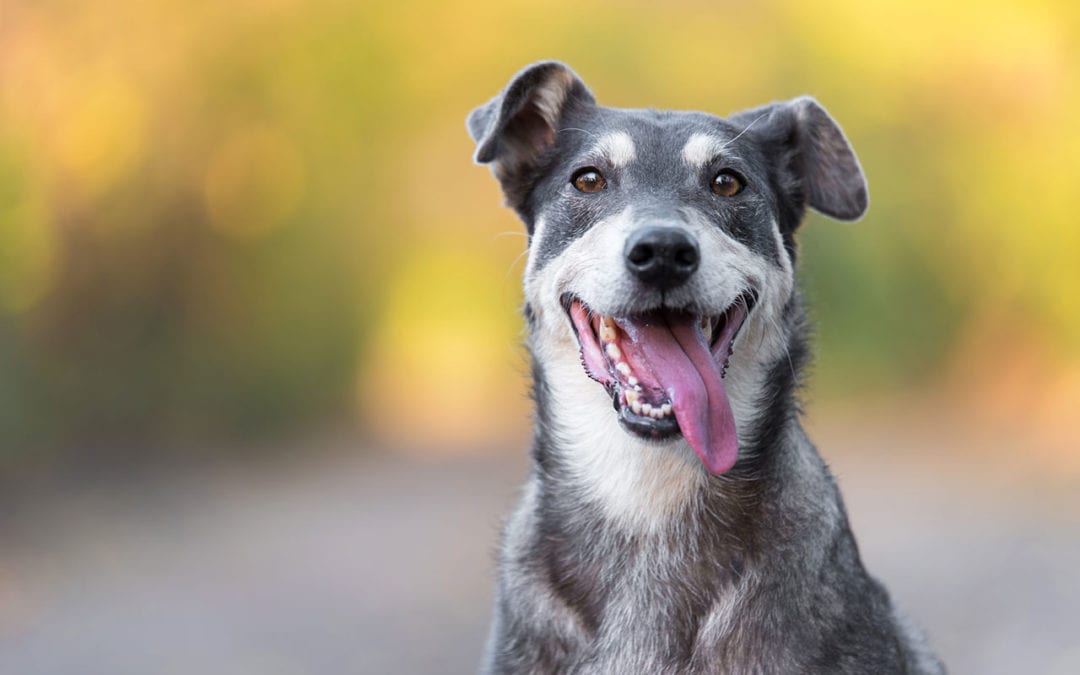In a perfect world, we could directly communicate with our dogs, understanding them and their needs without ever second-guessing. But while we do communicate with our dogs, the methods are subtle. Dogs use a variety of postures to tell us what it is they are thinking and feeling. It can be complex, but with a little practice, you can master your dog’s body language.
Listen Up! Dog Postures and Their Meaning
Dogs communicate through a series of complex signals, postures, and behaviors. These signals may communicate a range of emotions, warnings, pleasure, and happiness. Review some of the more common body language cues below or watch our more in-depth dog body language video by our Head Trainers.
I want to make you happy.
Dogs by design are people pleasers. They want to make us at ease with them. They do this by holding their bodies in such a way that suggests their submissiveness.
Some of their postures when they want you to be content with them are: lowered body, licking their lips, blinking, “smiling”, and curving their spine while lowering their body. These positions and behaviors among their peers help to avoid confrontation and fighting by illustrating playfulness and submission.
I am nervous.
Pets get anxious about various things that seem like a threat to them. When your pet is anxious, doubtful, or afraid, they also display common body signs that can explain this to you, such as:
- Frozen posture
- Lip licking
- Sideways glance
- Turning away
- Yawning
- Panting
- Lowering tail
- Tensing eyebrows and jaw muscles
- Keeping tail low to the ground
- Drooling
- Erect fur

These behaviors can tell you that your dog is nervous about something, or is feeling anxious or under threat. In this situation, move your pet to a place where they feel safe and assess the reason for the discomfort.
I am calm and relaxed.
Who doesn’t love a happy pup? These body positions indicate that your furry one is feeling at ease, happy, and content.
- Playful jumps and bows
- Slightly open mouth
- Exposed belly with tail out (not tucked in fear)
- Stretching
- A relaxed or wagging tail
- Alert and with squinting eyes
Your dog will also try to play with you through quick, rigid postures like they are about to run or leap.

I am curious.

You have probably seen that inquisitive look from your Fido friend, when they can’t seem to figure it out.
Our canines are endlessly curious, always on the lookout for something (to eat). The following body language cues may tell you that your dog is curious:
- Head cocked to the side
- Lifted paw
- Pursed lips
- Tail erect
- Ears erect
I am angry.
Hopefully, your dog’s body language never indicates strong anger, but the signs can alert you to avoid a bite. These are postures that can tell you that your dog (or another dog) is potentially aggressive.
- Curled lips, bared teeth
- Tail pointed upward
- Fur raised
- Growling
- Low bark
- Stiff posture

It’s best to seek the help of your veterinarian or professional dog trainer if your pet regularly exhibits aggression or related behaviors.
A Dog’s Body Language
We hope you have learned more about what your dog is communicating to you. Since animal language is complex and subtle, it takes time and attention to learn more about your pet’s cues. If you have additional questions about your dog’s body language, we are here to help decipher the mystery. Please contact us.

